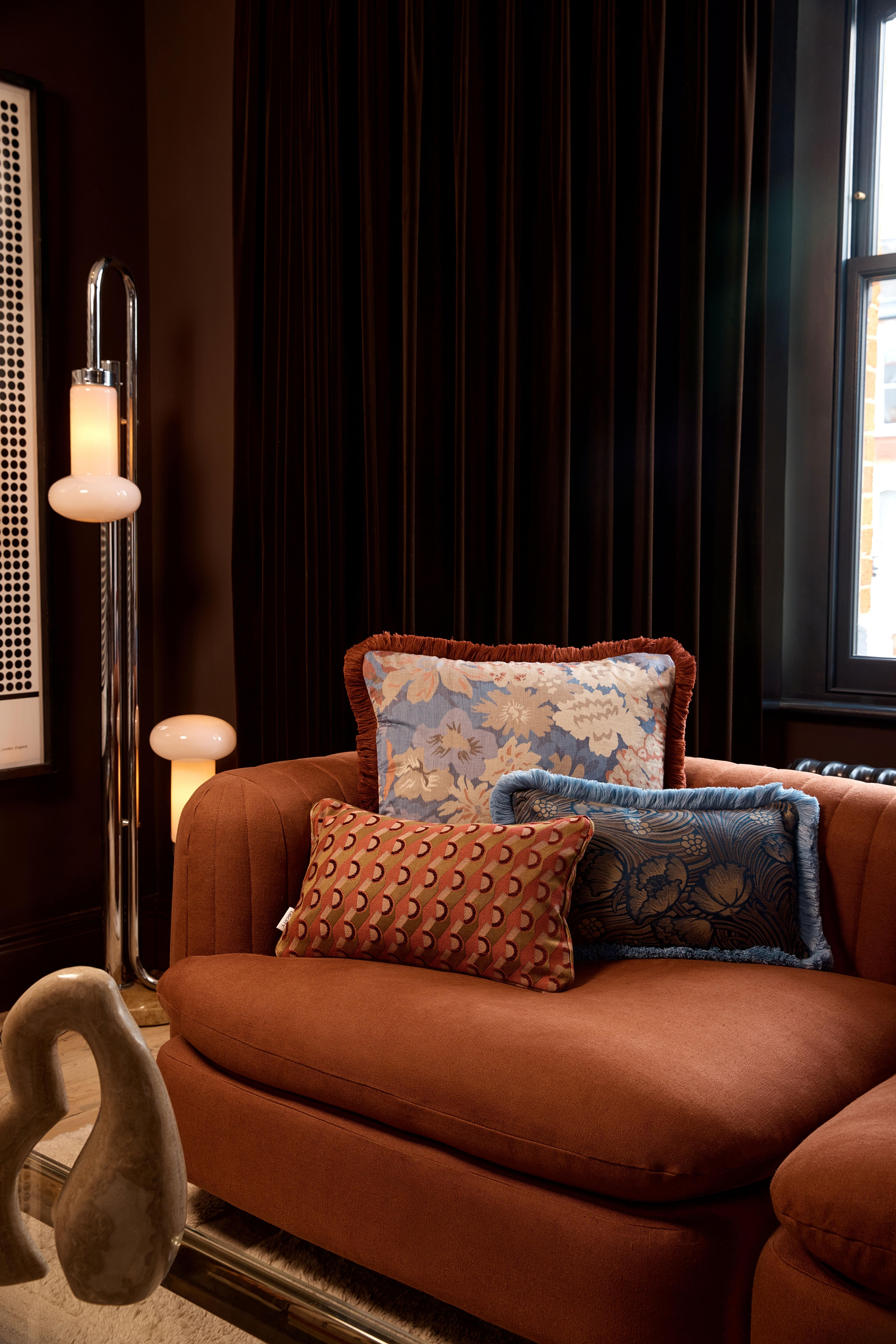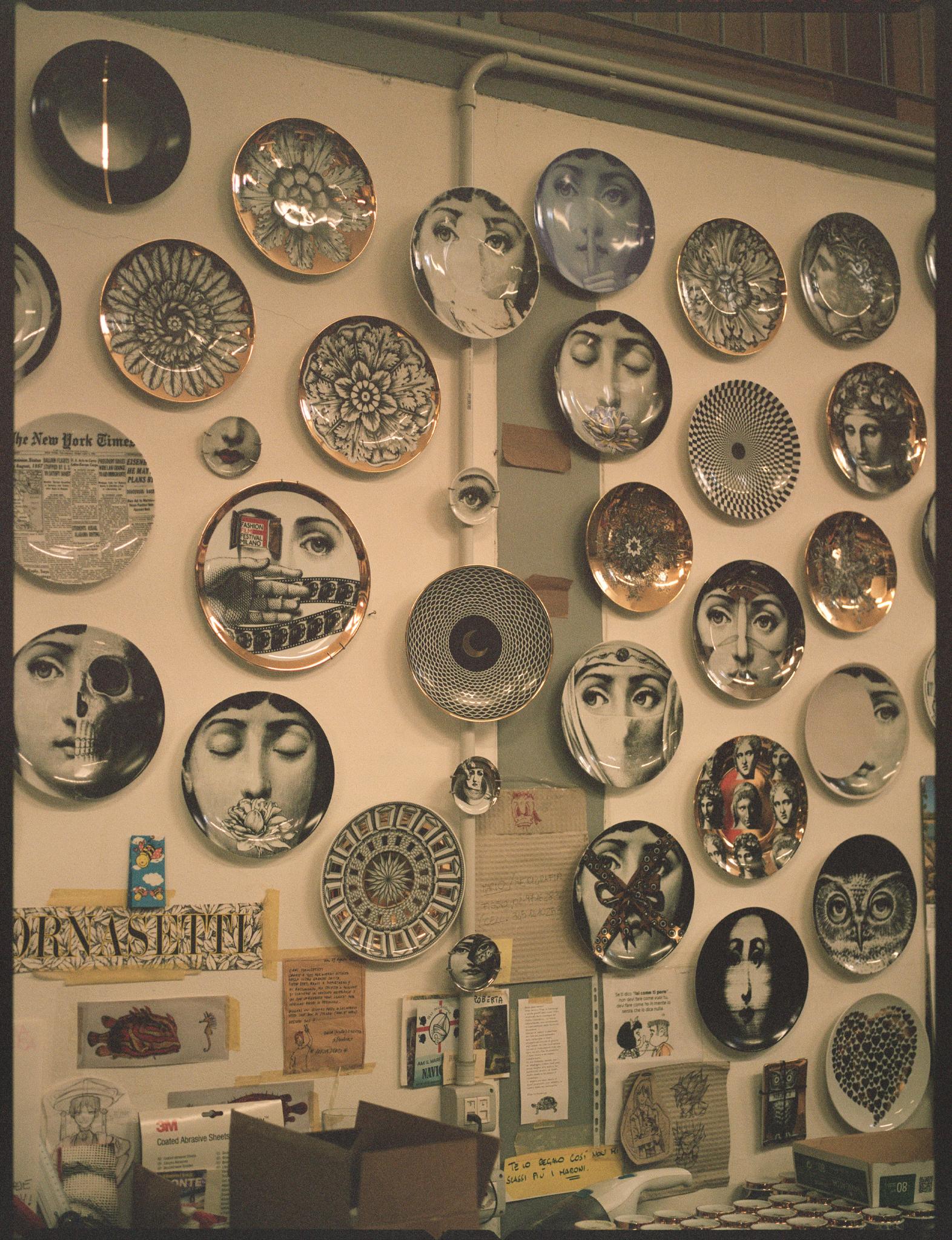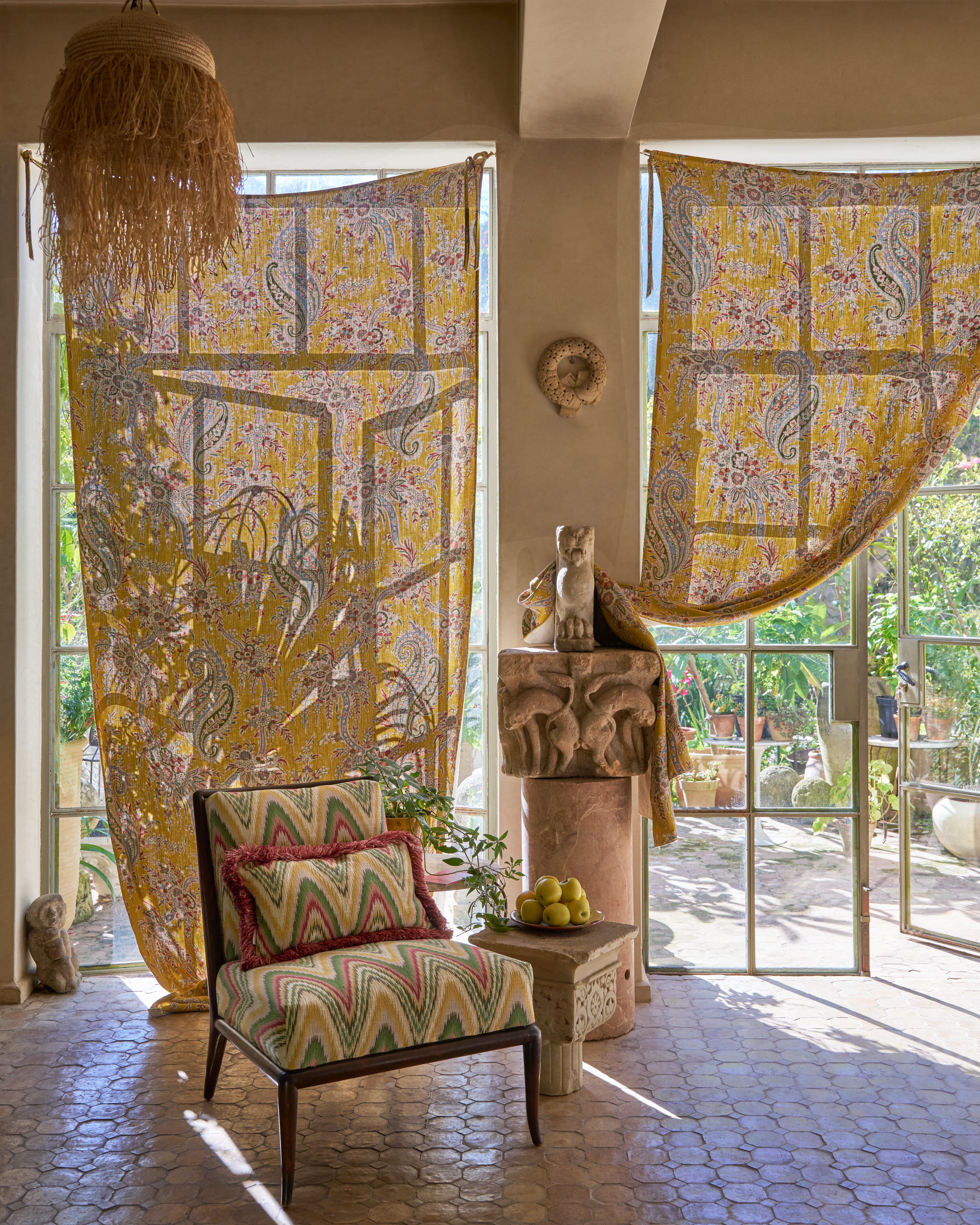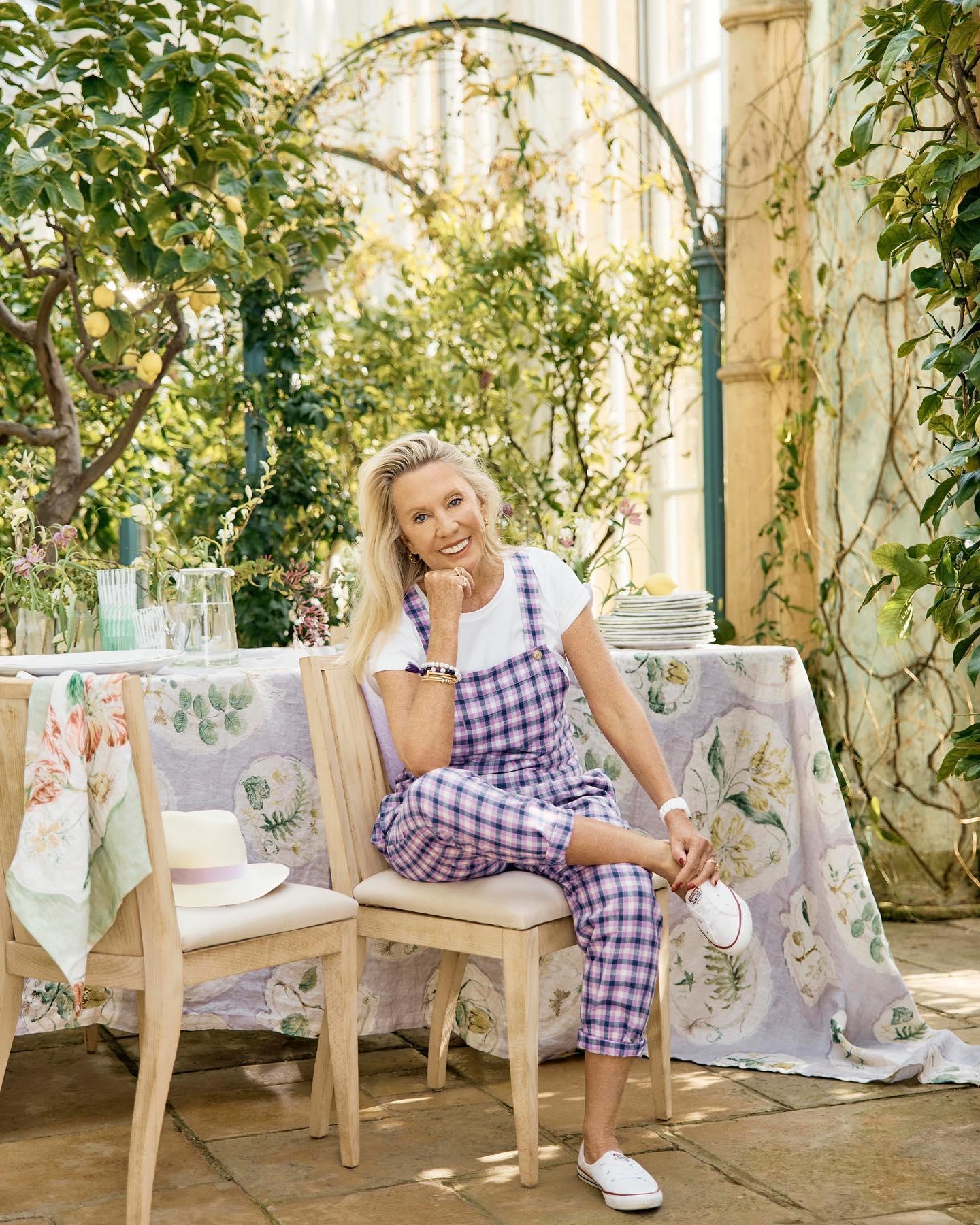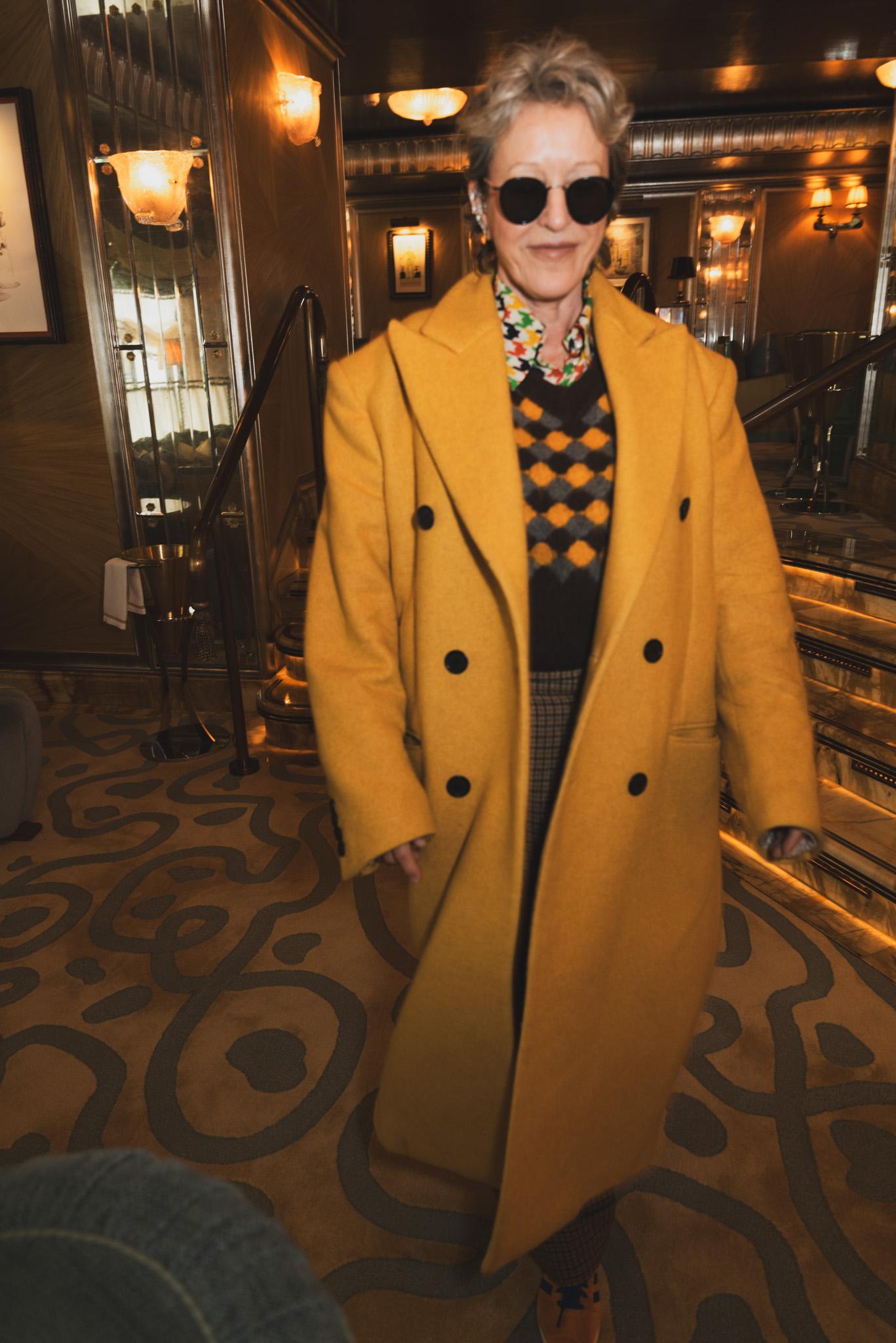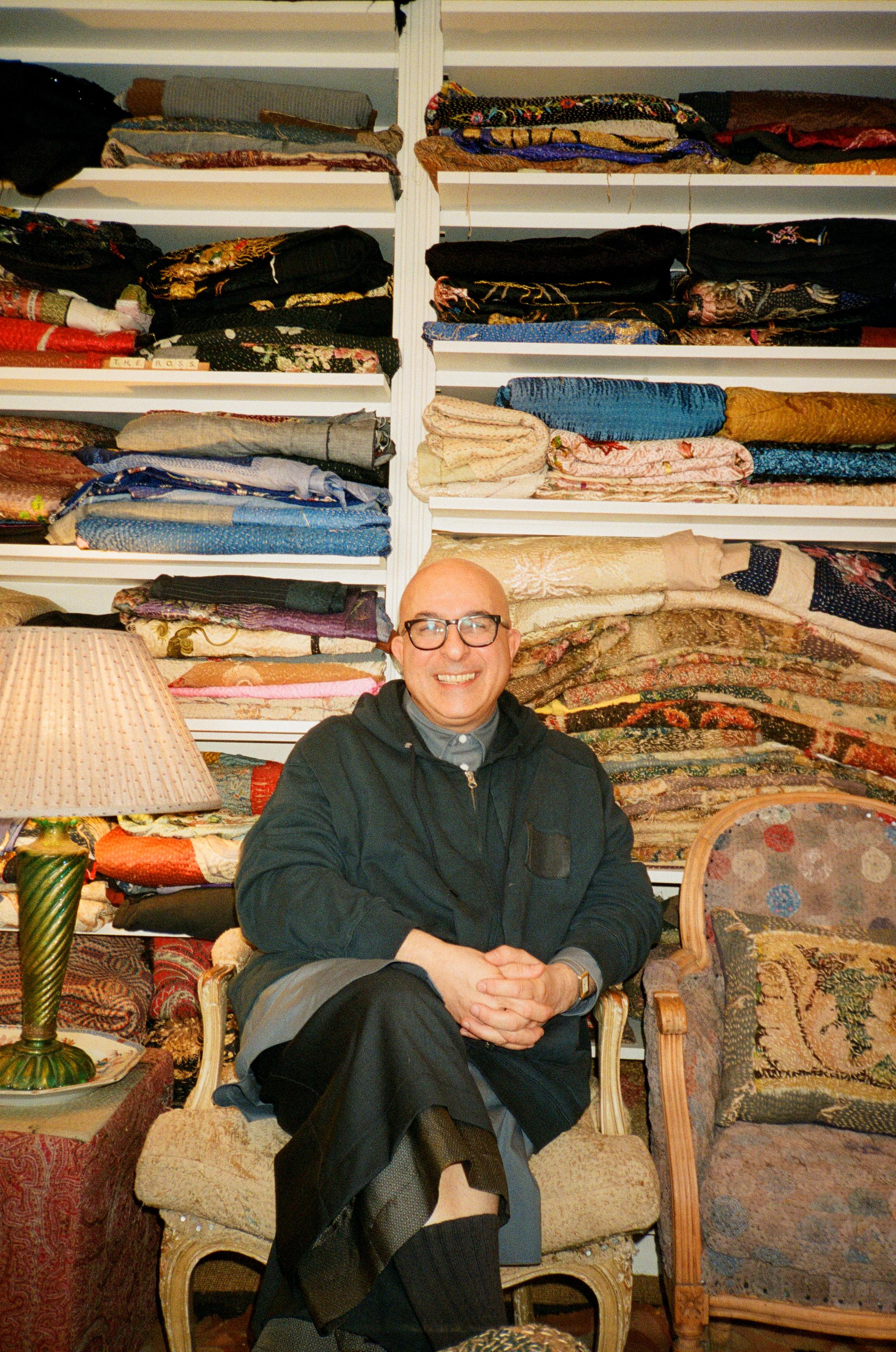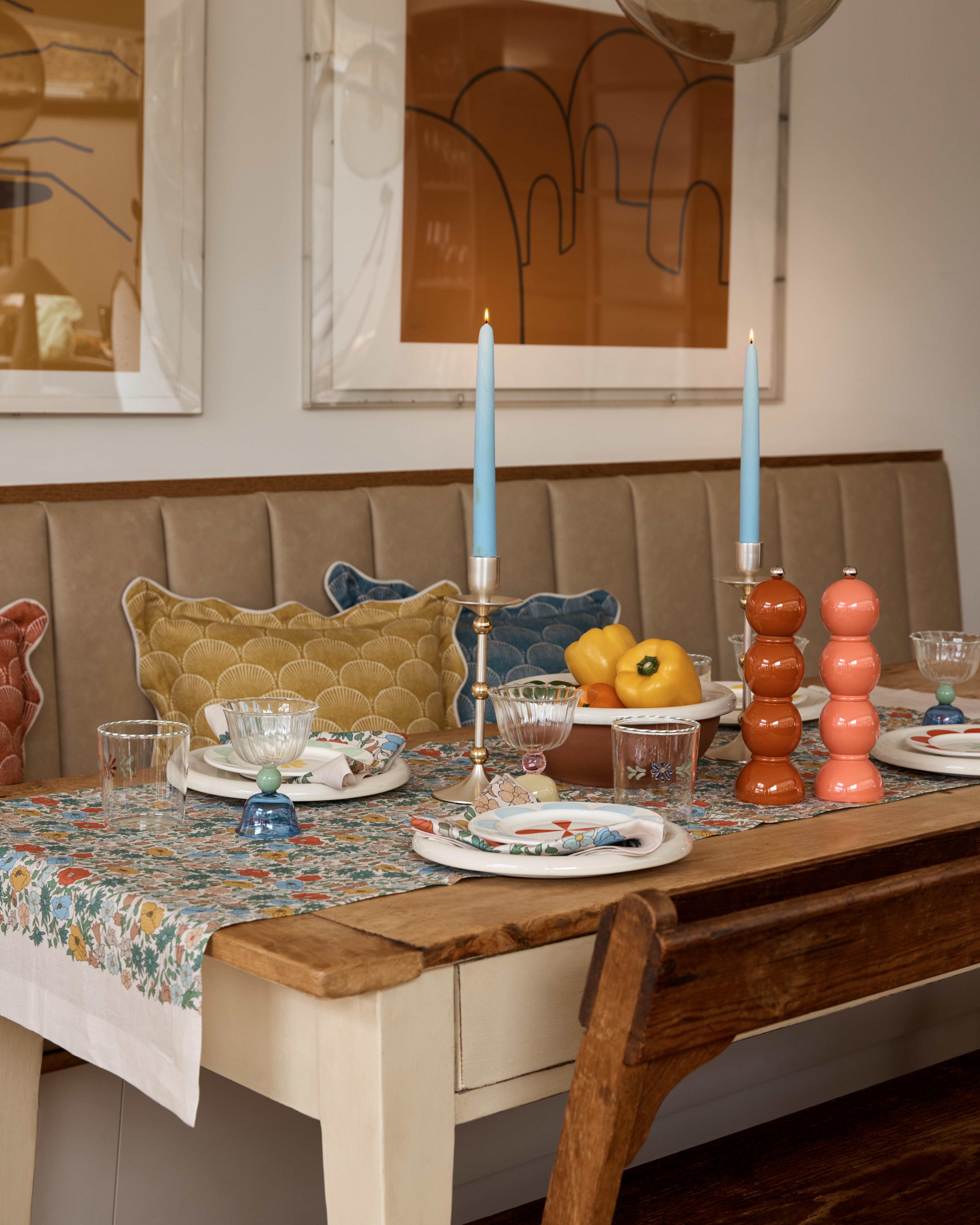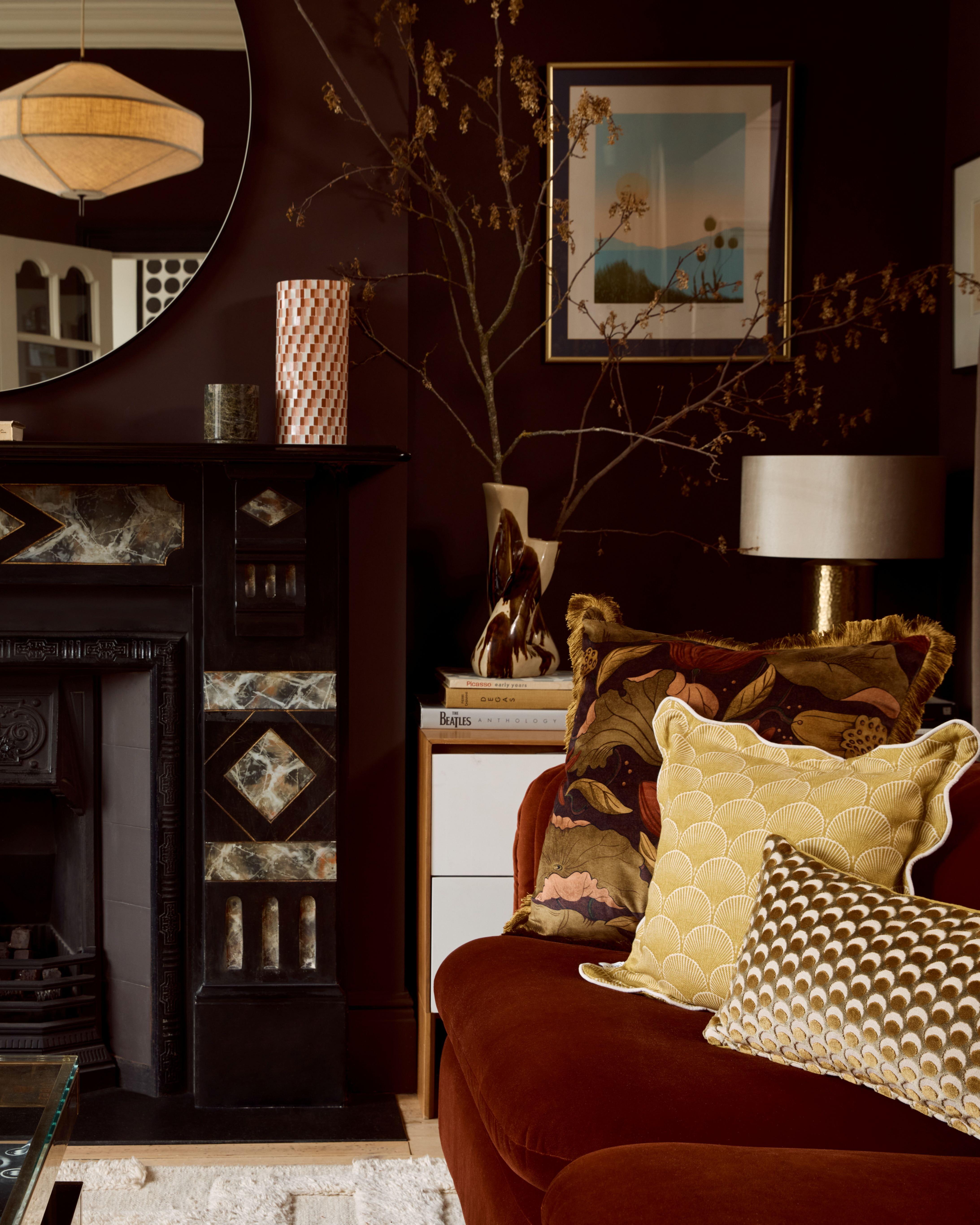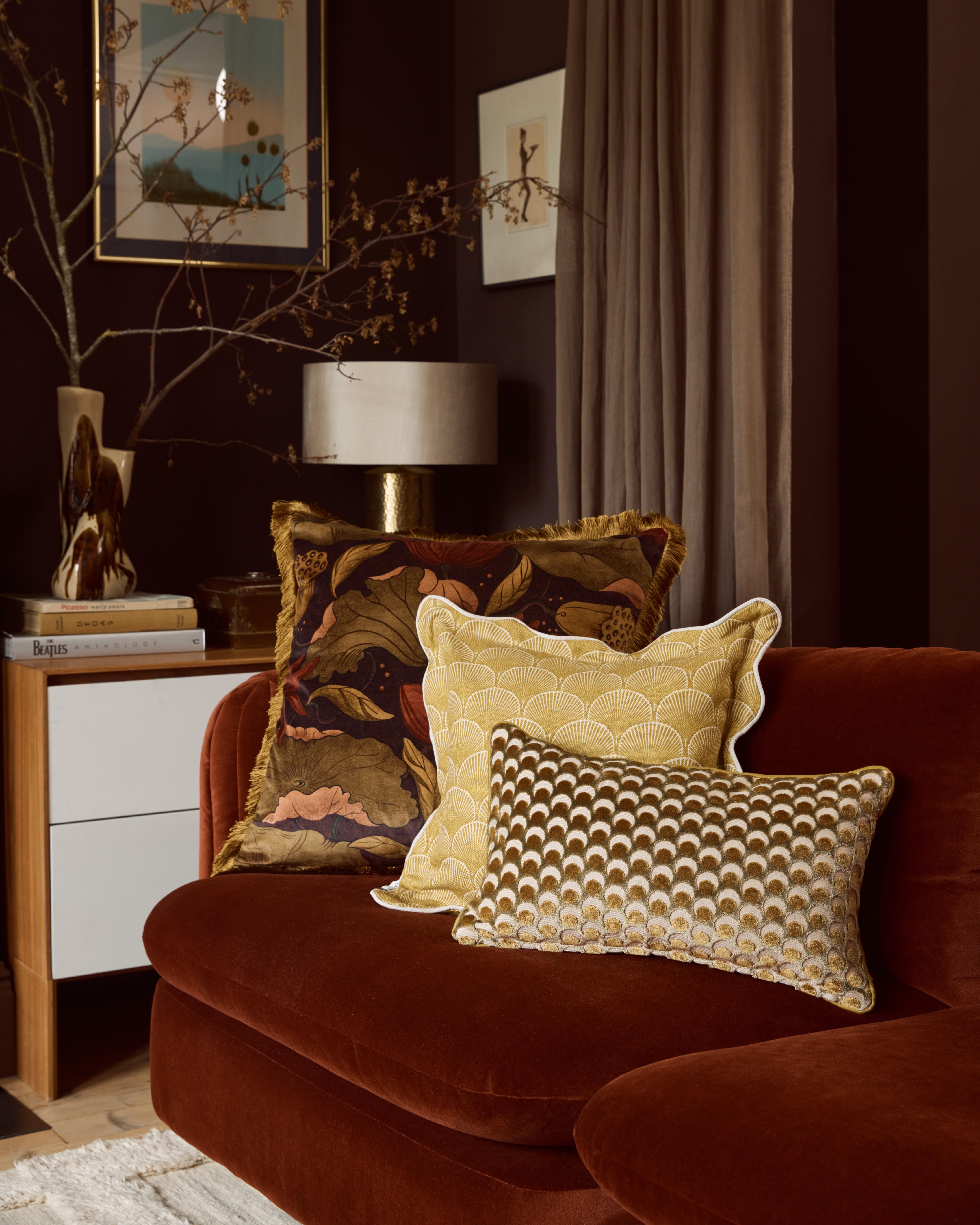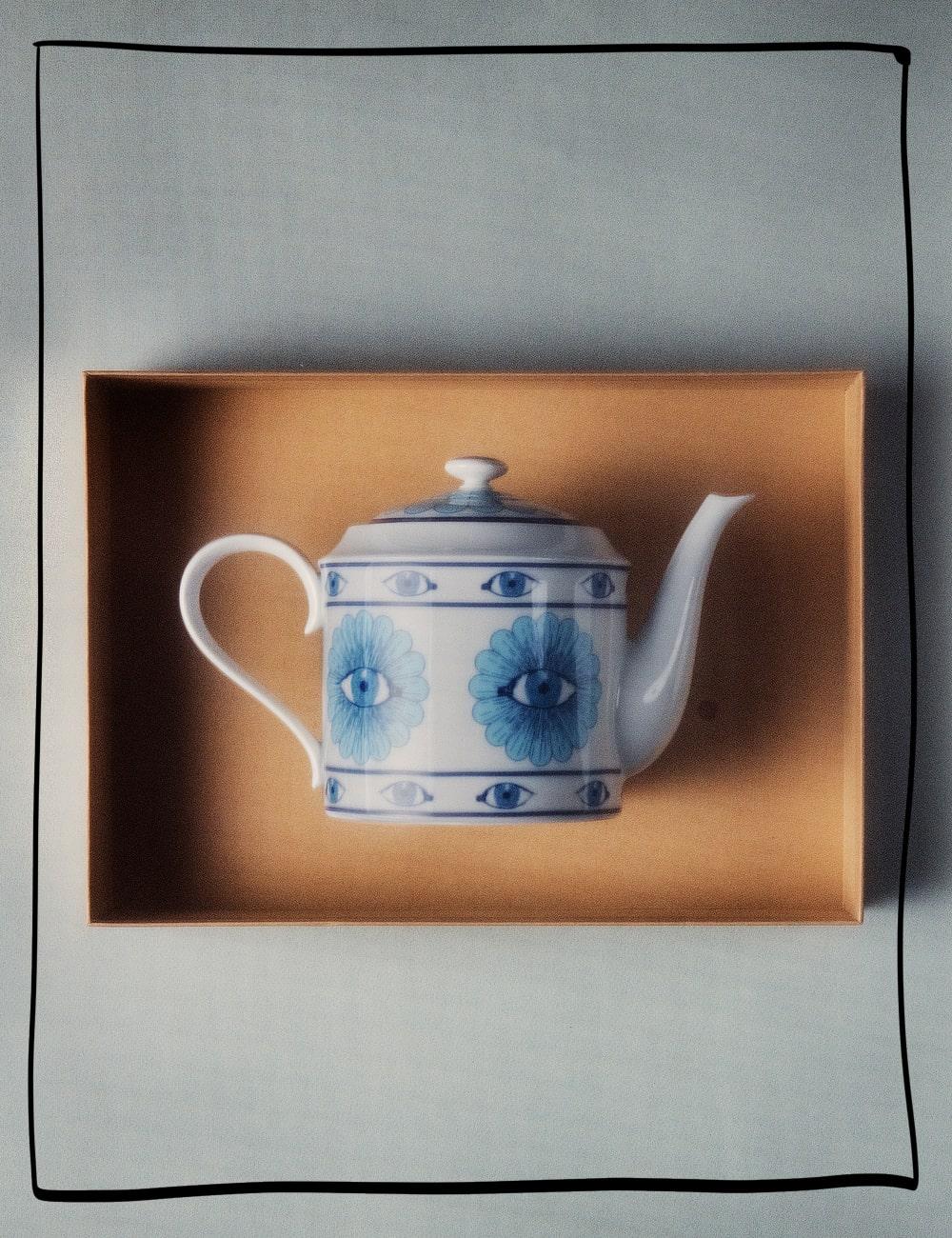The Craft of Wicked with Lee Sandales
Go behind the scenes of this year’s biggest cinematic event with the Liberty and the production’s set decorator
Read more
The Craft of Wicked with Lee Sandales
Go behind the scenes of this year’s biggest cinematic event with the Liberty and the production’s set decorator
© Universal City Studios LLC. All Rights Reserved
Walk down Great Marlborough Street before Christmas, and you’ll be transported to the magical land of Oz through the Liberty windows: in celebration of the new film, Wicked, in UK cinemas from 22nd November.
With intricate detailing, handcrafted finishes and exquisite artistry throughout, this enchanting festive partnership between Liberty and the film was drawn together by shared threads of craft and artisanal creation, and spotlights a film meticulously realised through dramatic, hand-crafted sets, props and costumes.
One of the names crafting Wicked's intricate world behind the scenes was set decorator, Lee Sandales. Having worked on an array of globally renowned films, from Star Wars: Episode VII, to The Batman and 1917, Sandales role sits at the heart of the film’s visual storytelling.
Liberty sat down with Sandales, for a conversation about creativity, cinematic art and the story of how Liberty played a role in Wicked's creation…
© Universal City Studios LLC. All Rights Reserved
Can you explain a little about your role in the Wicked production team?
I'm the set decorator for the film. In the real world, that would be like an interior designer. I work with Nathan Crowley [Wicked’s production designer], who would be the architect, while I'm the interior designer. My role is at the heart of visual storytelling through set dressing. This describes a place, a time, or a mood within the context of a period or style.
What is the typical process like for you? From first thoughts to seeing the final set?
There’s something about being creative—it’s almost a sense of logic, planning out what you’re trying to do, and then you get these flashes of pure imagination. That’s where your best ideas come from. I start with the script and the story, trying to visualise details that drive the storytelling of that scene or environment. I start with research, create mood boards, then from there, create a look. We source everything, from markets in the South of France to Brussels to India to the UK. It’s a process, and in the end, you hope it all supports the actors working in that world.
© Universal City Studios LLC. All Rights Reserved
Where did you start with Wicked?
We looked everywhere. Trying to "crack the nut" was definitely the hardest design challenge of my career, not just because of the scale of the sets but the world they were trying to create. We started with Shiz, inspired by an exhibition Nathan had seen. It had to be grounded but whimsical enough to feel like Oz. I started on the inside of Shiz with the girls’ dorm. We drew on a brief period style—Anglo-Indian from around 1860-1880 —for inspiration, then we built out all of Oz from there.
With Wicked, lots of people feel they know the world, characters and places. How did you ensure these places were both recognisable and new?
It’s challenging, to follow in the footsteps of The Wizard of Oz and other adaptations. We wanted to either match or surpass them. The Emerald City was our real focus and ended up being the last set we tackled. Nathan drew from Scarpa’s architectural style, into Art Deco, and I followed that. The goal was to make it feel real, like you could walk into the shops, get your hair done—it was all tangible.
© Universal City Studios LLC. All Rights Reserved
© Universal City Studios LLC. All Rights Reserved
In Wicked, there was limited CGI, with big, physical sets. What impact does this choice have?
Building real places, fully functioning three 360° environments, takes a lot of time. The result, though, is a real, tangible place for the actors, and it’s amazing. But it’s a constant rush to the finish line to get it done. I have an incredible team who help with every part of the process. I couldn’t do it without them.
© Universal City Studios LLC. All Rights Reserved
How long would it typically take from starting work on a set to finalising it for filming?
Our prep was about 24 weeks, which got the first third of the sets ready in terms of research and sourcing. But from initial concept to delivery of a set, it takes about 12 to 16 weeks.
Are there any sets or details within the film that you’re particularly proud of, or that required an unusual approach?
There’s one set I’m really proud of—the Governor’s Mansion. You get a glimpse in Wicked Part One, but it’s really in film two. Nathan based it on Art Nouveau, which is something that Liberty London has a strong connection to. Finding authentic pieces was incredibly challenging, but we managed over eight to 10 months, sourcing from all over Europe and building what we couldn’t find.
When we were building the Wizard’s Head, I had a call to get some ribbon for a curtain model. I was near Liberty, so I went in, raided the ribbon section, and ended up creating a miniature curtain from Liberty ribbon. So Liberty is part of this film’s history now!
Is there anything you wish more people understood about the artistry of what you do?
I think it’s the thought process—the detail that goes into telling the story. And how much the team behind me means. I couldn’t do my job without them.
© Universal City Studios LLC. All Rights Reserved
Discover the magical collaboration in store at Liberty, and see Wicked only in cinemas from 22nd November.
